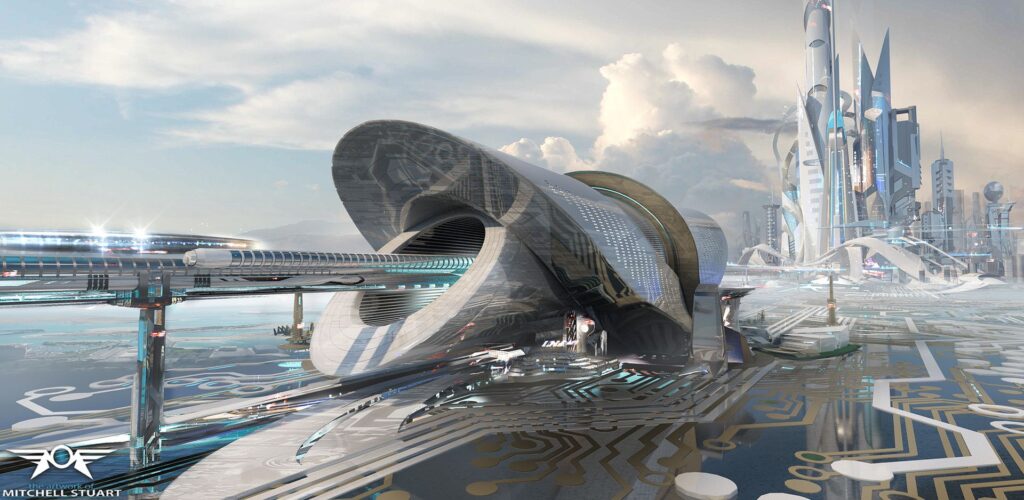
A pet peeve of mine is the idea that the only acceptable science fiction novel is the utopian story. Utopia, in this instance, refers to a type of utopia—antiutopian or, as it is more likely to be called, a dystopia. Science fiction depicting a better future society is somehow childish and unrealistic to readers who believe in ‘good literature.’ Therefore, the only depiction of the future must show an extrapolation of the bad in today’s society.

I will concede that the idea of a uniformly good society, with people happy and everything working out, is unrealistic. That is because people are made differently. Everyone has a different point of view, and that is the key to general survival. It has to be that way. Monolithic thinking will lead to extinction because things always change, and there must be a way to deal with that.
And that is the crux of it. People tend to view most things monolithically—as the only way to be correct and suitable—but there are conflicting philosophies among people. However, humans do not end up totally on one path of thought, probably because of our relationships with others we care about. It is a struggle.
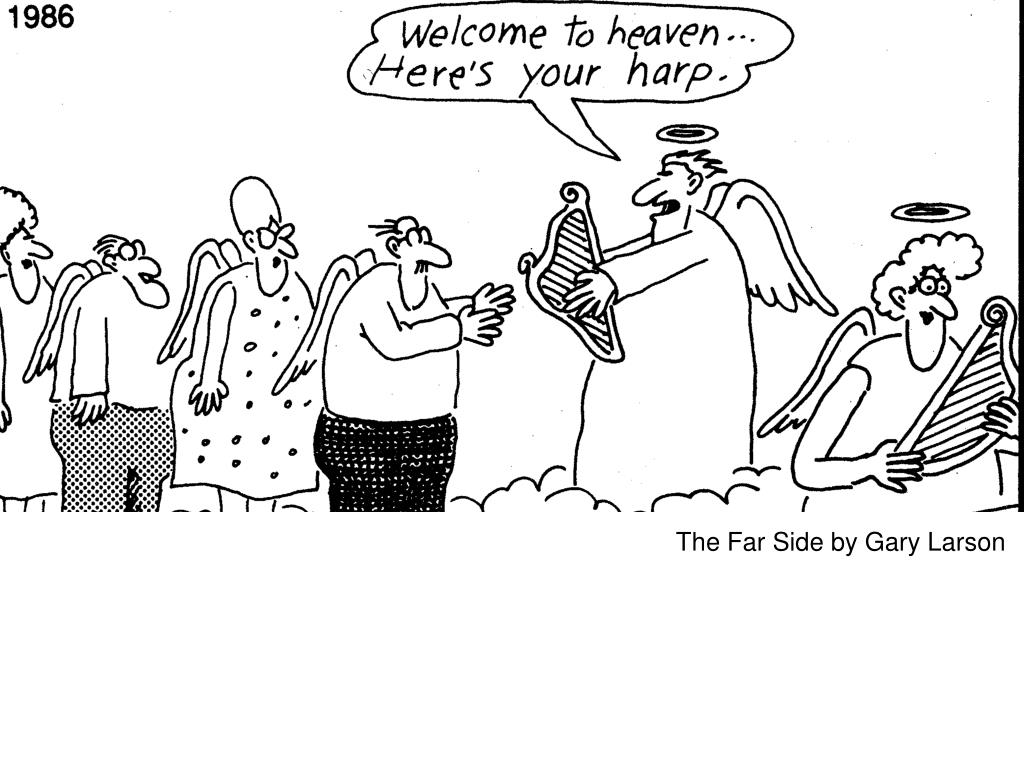
So, are we stuck in hell? I don’t think so, but I would quickly be bored even if I got my utopia. Humans need goals, and life can’t be worked out completely. It’s a hard lesson, I’d rather sit on the couch and watch a great movie, but that goes nowhere, and thankfully, humans have never gotten to a place where they can sit and be idle for very long. Oh, of course, you can, but you will probably suffer and perhaps die of starvation or health issues. That gets you up and going, and the body, as well as the mind, feels better when you do.
So, can we have a happy book about the future? Absolutely. An author can take a problem, dissect it, and propose a clever and feasible solution—a happy ending. But let’s be clear: The story won’t solve all the problems; it will make a living in humanity’s complex soup more bearable. The mere fact that such solutions can be imagined and presented in fiction should give us hope for the future.
The United States is a good solution to these issues. Indeed, it is not perfect, but it allows breathing room to be human. Freedom exists here within a boundary—the idea is that each citizen can do what they please as long as others’ freedom is not infringed, at least that is the goal. There are issues where our spheres collide; therefore, it can never be perfect. After all, we want to interact with our fellow humans, and they are not carbon copies of us.
So, I object to future novels that suggest something dystopian. Those novels that are so dark and based on trying to make everything right, and those who show we reap what we sow, are ubiquitous. The dark future we all will inherit.

You are probably familiar with the darkest type of dystopia, like 1984 by George Orwell. This story shows how wrong humanity can go following the utopian path. Everyone is miserable. The state censors everything, and lives are strictly controlled by curbing or outright destroying all impulses not considered ‘good.’ Uggh! It is interesting to note that Orwell meant the story to be a warning of what could happen. In that, I give it a nod. It is not a ‘reap what you sow, you evil creatures.’ It is a watch-out tale, not pleasant but educational. That is why the novel often appears in the high school curriculum.
Brave New World by Aldous Huxley was more my style. This dystopia seems great, and you kind of roll around in it but then find out the flaws. Action is taken, and the character gets out of the situation and leaves the world. However, this is not what I would really like to read.
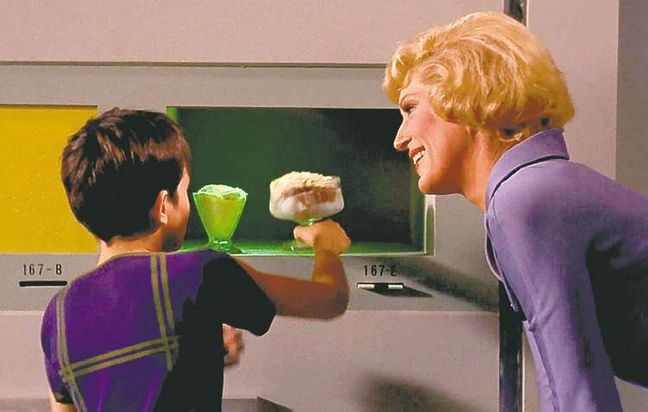
An interesting story could solve some of man’s problems, like food, shelter, and disease, while allowing people to remain diverse. So what if the story does not fix it 100%? Just so human life improves.
A good example of this is Star Trek from 1966 to today. The series and movies portray the future of humans, who have solved most of the problems plaguing this planet today. Sure, there is still conflict, especially when Earthens constantly reach out to contact other species with many different ideas, which will always cause friction along with the great adventures. Star Trek, though, deals mainly with the military, not the citizenry, and the impression is that life is pretty good for the average Joe, at least from today’s viewpoint.
A good scifi story could show us a future world where people are starting a colony on another planet or life on Earth with flying cars and amiable robots. A good author can make everything presented interesting, even mundane things like walking down a hall or cleaning the house. The story should respect humans and their diversity, celebrating the joy of living while facing obstacles. Dark scenarios can be fun if our heroes find a way to overcome a more pleasant existence. Humans should deserve that.
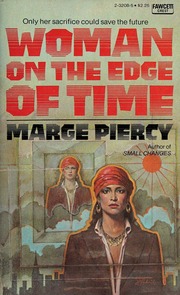
One scifi utopian novel Dad found, Woman on the Edge of Time 1976 by Marge Piercy, portrayed this positive idea. A person from the future contacts a woman living in a very rough situation. The revelation (SPOILER) is that the woman is the focal point of a fork in two future destinies; one of the forks is an icky dystopia, and one is a utopia (pleasant this time). Our heroine can influence which fork humanity takes. The pleasant utopia was imperfect; people were still people, but the system allowed humans to work out their differences with minimal effects on others. It involved a lot of group talk and the consequences of bad behavior—many attempts to help the individual but not allowing it to continue. The woman chooses the better fork and lives the rest of her life in it. All in all, it is a positive tale, even though there were some rough passages.
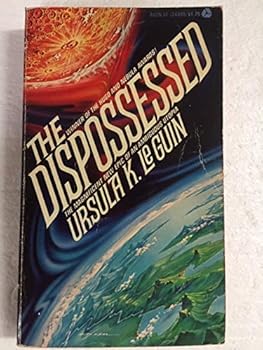
Another novel, The Dispossessed, by Ursula K. Le Guin, was written in 1974 and deals with two societies—one democratic and one communistic. Admittedly, the democratic society shows more rough ways than the communist one, which goes along with the time of its writing and the movements of the younger generation, who never lived in such a government but found it utopian.
The story shows how the communist system (the colony on the Moon) functions fairly smoothly and pleasantly, but it is not so idealistic. Our hero is a physicist from the Moon who wants to collaborate with another physicist living on the planet the Moon orbits (the democracy). While each society is supposed to be open and people can collaborate, the unspoken feelings of both sides are against the actual practice. The story mostly focuses on what life is like on the moon. I found this lifestyle different and enjoyable because our hero finds a way through his obstacles that benefit both worlds.

So, utopias with content characters that fly around in their car and have a martini when they get home, all without people or machines making them conform drastically, is more my style. Alternatively, if it is a dystopia, which it usually is, the heroes escape the stressful situation and help the others along the way. Either way, this makes good scifi storytelling, something that uplifts.
Original Essay by JM Strasser
©JM Strasser March 2025 All Rights Reserved